This basically works out to partitioning a into two pieces with the sums of the absolute values of the two pieces as close to equal as possible.
You then want to multiply those elements by 1 or -1 to make one partition all negative and the other partition all positive. As you do that, you sum them to get the final answer.
From an algorithmic viewpoint, I believe the partitioning step is almost certainly NP-completely (phrases like "subset sum" and "partition problem" come to mind). From a programming viewpoint, it's pretty simple though -- exhaustively test possibilities until you get the best one. As long as the number of element is small (up to a dozen or so [edit: since it's O(2N, you could probably increase that to somewhere in the 30-40 range) it'll be reasonably fast.
I believe it should be proportional to O(N!) though, so if the array gets at all large, the time taken will quickly become unreasonable.Since you're only dividing into two sets and order within sets doesn't matter, it's O(2N) instead of O(N!). This doesn't grow nearly as quickly as O(N!), but still quickly enough to make large sets unreasonable to process.
I should add, however, that Codility seems to specialize in problems that may initially appear to be NP-complete, but really aren't -- if you've missed any detail in your description, the problem may be substantially easier.
Edit: rereading it, the problem may be that I ignored a crucial detail: the restricted range. I'm not sure how you use it offhand, but I'm pretty sure it's crucial to producing an efficient solution. My immediate guess is that it's based on something similar to changing a comparison-based sort to a counting (aka bucket) sort. I haven't thought through it in any real detail though...
Edit2: Doing a bit of looking (and being prompted by @Moron), the limited range is important, and my thinking about how it figures into a solution was generally correct. @Moron was kind enough to point to the Wikipedia entry for the subset sum problem, but I didn't find that particularly well written. A bit of looking turned up a paper from Cornell with an explanation I found a bit cleaner/more understandable.
